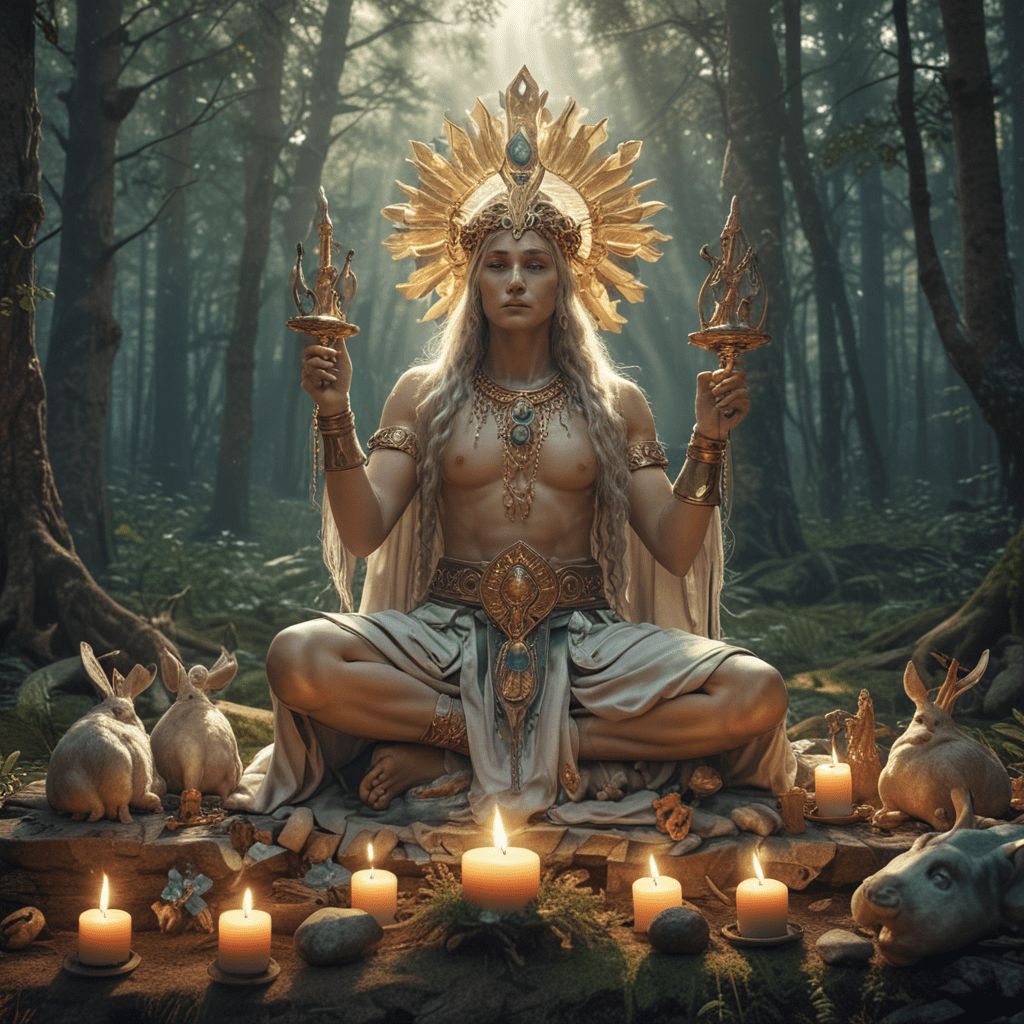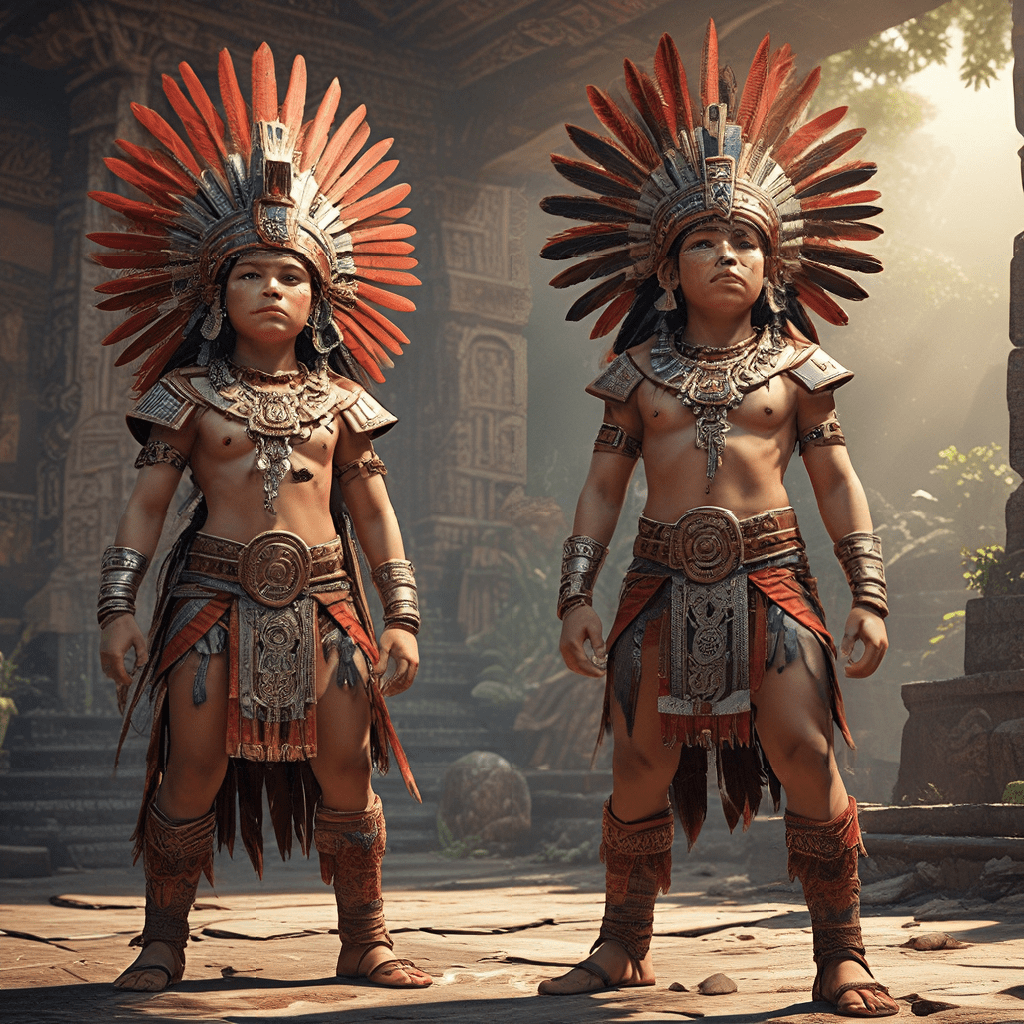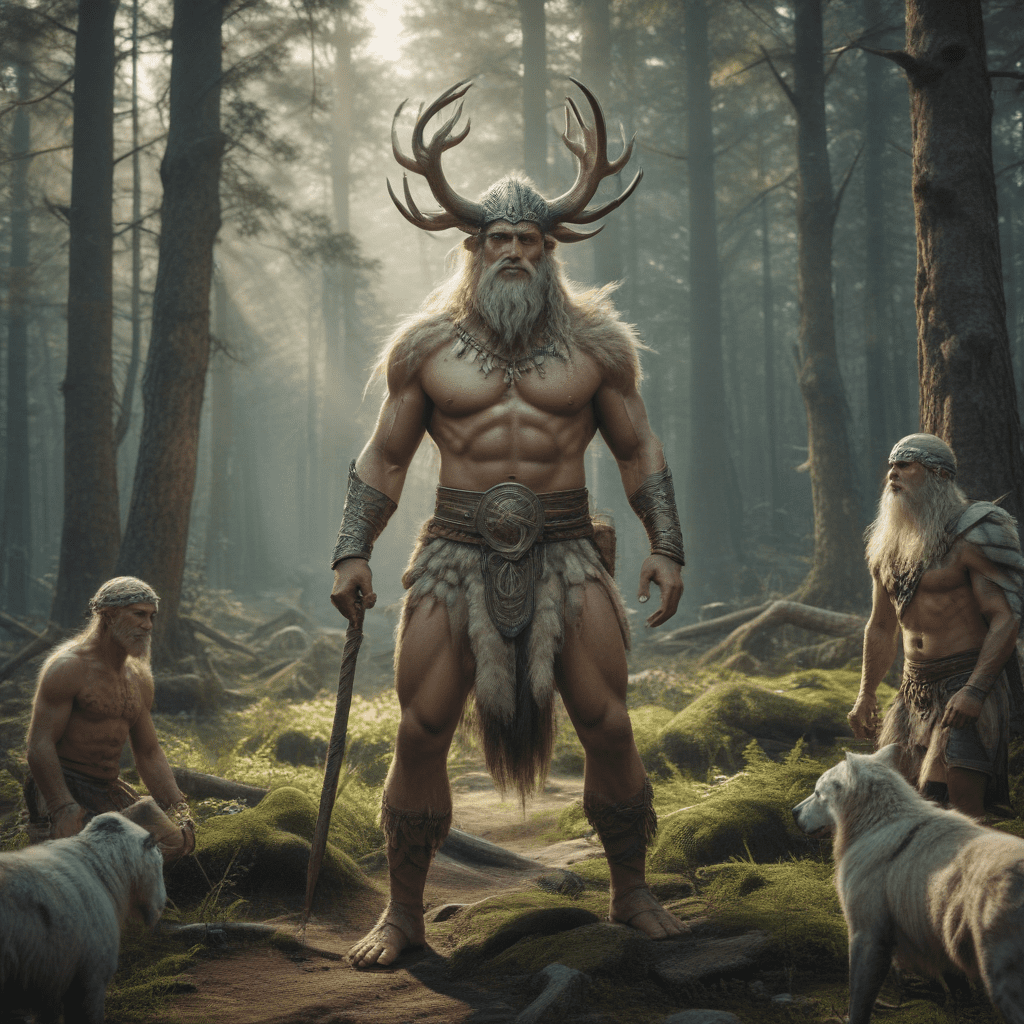Finnish Mythology: The Power of Sacred Offerings
Finnish mythology, a captivating tapestry woven from ancient traditions, delves into the profound relationship between humanity and the supernatural realm. Within this rich tapestry, sacred offerings hold a pivotal position, acting as a bridge between mortals and the enigmatic forces that shape their world.
The Origin of Sacred Offerings
The genesis of sacred offerings lies within Finnish creation myths. Legends recount how, in the primordial void, the creator god Ukko raised the heavens and established the earth. To appease the primordial chaos lurking beneath the surface, Ukko offered sacrifices of birds and animals, their blood becoming the lifeblood that coursed through the veins of the newborn world. Thus, offerings emerged as a fundamental act, mirroring the divine creation process.
Types of Sacred Offerings
The offerings made to the Finnish gods and goddesses varied greatly, mirroring the diverse aspects of their powers and domains. Animals, particularly horses and bears, held great significance as sacrificial offerings, their strength and vitality deemed worthy gifts. Food and drink offerings, such as milk, honey, and mead, symbolized nourishment and sustenance, honoring the gods who provided for their people. Moreover, material objects, such as weapons, tools, and jewelry, were offered as tokens of gratitude, seeking protection and blessings.
The Significance of Offerings
Sacred offerings played a multifaceted role in Finnish mythology, maintaining a delicate balance between humans and the supernatural. By honoring the gods with precious gifts, mortals acknowledged their power and authority, ensuring their benevolence and favor. Offerings also expressed gratitude for the blessings received, recognizing the gods as the source of life, health, and prosperity. Furthermore, they served as a means of seeking protection and guidance, imploring the gods to guard against misfortune and lead the people in their endeavors.
The Rituals of Offerings
The preparation and presentation of sacred offerings were guided by strict rituals, adhering to ancient customs and beliefs. Offerings were meticulously selected and prepared, honoring the specific preferences and domains of the deities. The time and place of the offering held great significance, with sacred groves and shrines serving as consecrated sites where the veil between worlds was believed to be at its thinnest. The rituals themselves were rich in symbolic meanings, each gesture and incantation carrying the weight of tradition and the hopes of the offerer.
The Gods and Goddesses of Finnish Mythology
The Finnish pantheon boasts an array of gods and goddesses, each possessing their own powers and responsibilities. Offerings made to these deities catered to their unique qualities and the specific favors sought. Ukko, the thunder god, was revered with offerings of strength and courage. Joukahainen, the trickster god, received offerings in exchange for cunning and strategy. Louhi, the mistress of the underworld, demanded offerings to appease her wrath and secure safe passage to the realm of the dead.
6. Sacred Groves and Shrines
Sacred groves and shrines served as the focal points of religious rituals and offerings in Finnish mythology. These secluded places were believed to possess an otherworldly aura, imbued with the presence of the gods. Offerings were made at specific sites within these sacred groves, often marked by ancient trees or stones. The act of making an offering in these sacred spaces further reinforced the connection between mortals and the divine realm.
7. The Power of Offerings
Anecdotal evidence and folklore abound with tales of the efficacy of sacred offerings. Legends recount how offerings to Ukko brought victory in battle, while offerings to Louhi appeased her wrath and saved lives. Offerings were not merely symbolic gestures but were believed to have a tangible impact on the world. The act of giving invoked a sense of reciprocity, creating a bond between the offerer and the deity. By honoring the gods, mortals believed they could influence their favor and shape their own destiny.
8. Modern Interpretations of Sacred Offerings
While the practice of making physical offerings to the gods has diminished in modern times, the symbolic and ritualistic significance of offerings remains embedded in Finnish culture. Contemporary practices may involve making offerings of time, talent, or resources to the community or to causes that align with the values of the ancient gods. The act of offering has evolved into a way of expressing gratitude, seeking guidance, and connecting with the spiritual realm.
9. Conclusion
Sacred offerings have played a profound role in Finnish mythology, weaving a tapestry of connection between mortals and the divine. From the primordial creation myths to the rituals performed in sacred groves, offerings have served as a means of honoring the gods, expressing gratitude, seeking protection, and influencing the course of events. While the specific practices may have evolved over time, the enduring power of sacred offerings in Finnish mythology reflects the deep-rooted belief in the interconnectedness of the human and supernatural worlds.
FAQ
What was the role of sacred offerings in Finnish mythology?
Sacred offerings served as a bridge between mortals and the divine, honoring the gods, expressing gratitude, seeking protection, and influencing the course of events.
What types of offerings were made?
Offerings varied widely, including animal sacrifices, food and drink, and material objects, each tailored to the specific powers and domains of the gods and goddesses.
Where were offerings made?
Offerings were made in sacred groves and shrines, secluded places believed to possess an otherworldly aura and imbued with the presence of the gods.
How have sacred offerings evolved in modern times?
The practice of making physical offerings to the gods has diminished, but the symbolic and ritualistic significance of offerings remains embedded in Finnish culture, taking the form of offerings of time, talent, or resources to the community or to causes that align with the values of the ancient gods.



